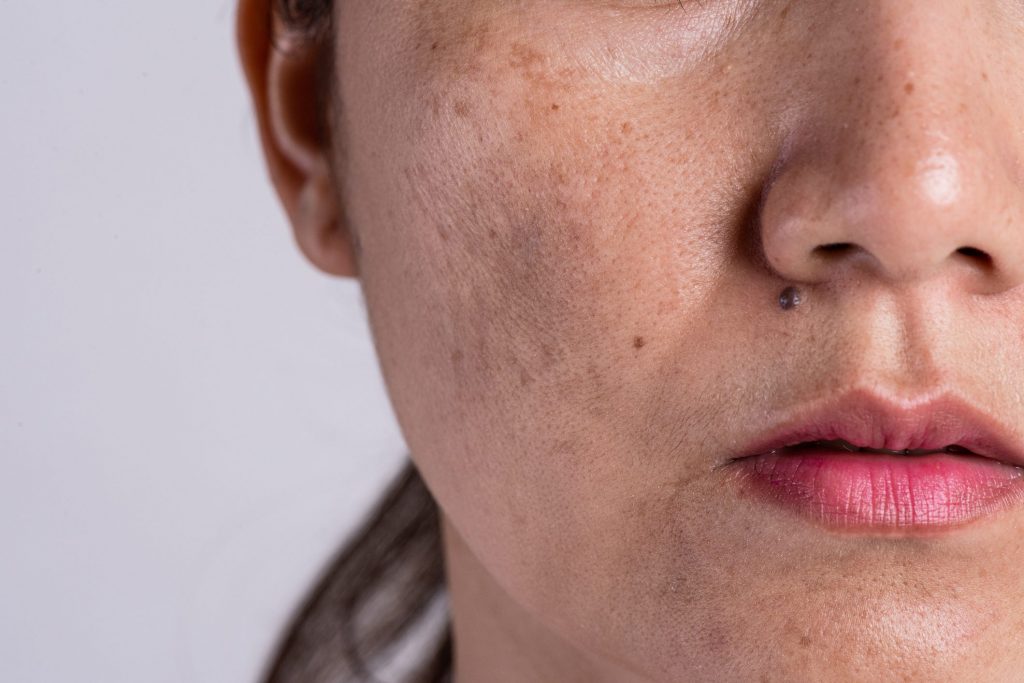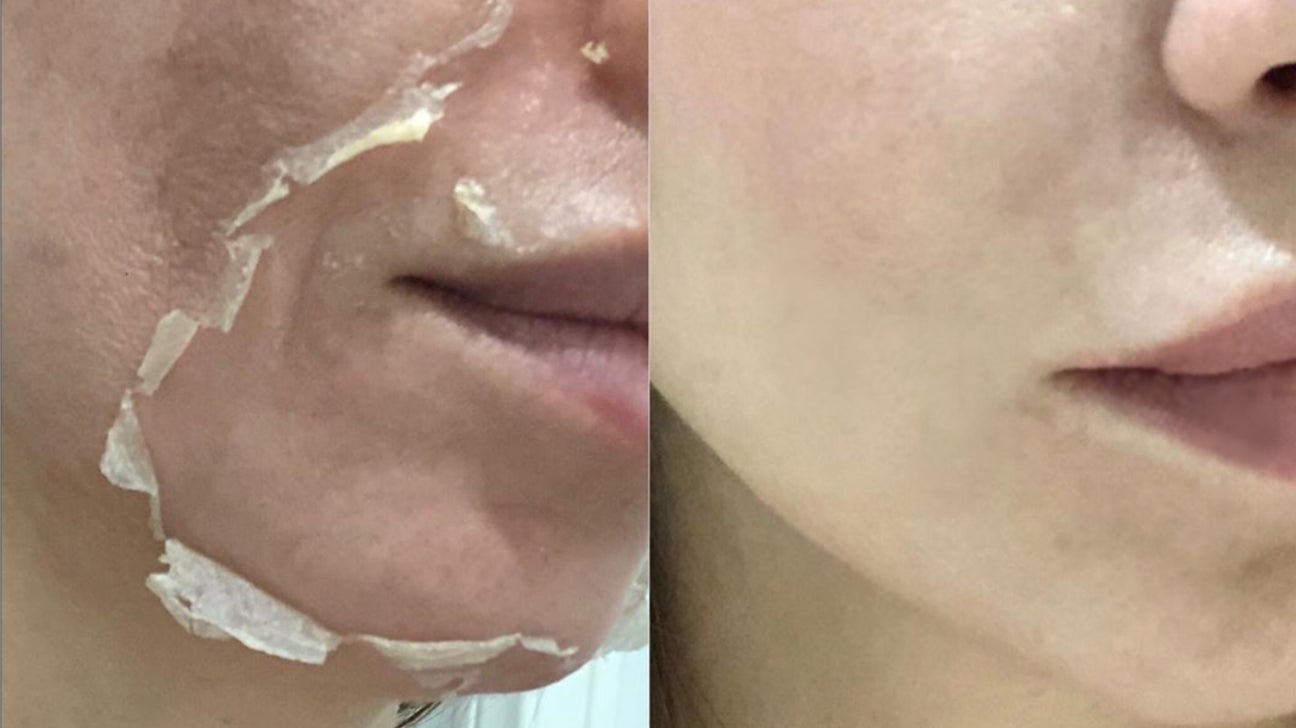
Skin hyperpigmentation is a blemish very common that leads to the appearance of dark spots on the skin caused by an abundant production of melanin by the body. Generally, the most affected parts of the body are the face, hands, and other visible and easily accessible areas from sunlight.
Different forms of skin hyperpigmentation can be differentiated based on the extent of the blemish areas.
In particular, it is usual to distinguish between:
Focal hyperpigmentation: in this case, dark spots are localized in certain points of the body and, in these areas, a high concentration of melanin is recorded. Classic examples of this type of skin hyperpigmentation are freckles: small brown spots that, following exposure to the sun, become more visible.
Local Hyperpigmentation: in this case, the spots affect large areas of the skin surface. A classic example is melasma, also known as chloasma gravidarum, if it develops during pregnancy. This cosmetic defect manifests itself with the appearance of extensive spots generally localized on the face.
The blemish becomes more evident with sun exposure. Melasma can be caused both by a hormonal imbalance and genetic factors and side effects caused by taking certain drugs.
Generalized Hyperpigmentation: in this case, the spots cover the entire skin surface. This condition is typical of certain diseases, such as Addison’s disease.
What Are the Causes of Skin Hyperpigmentation?
The main cause of skin hyperpigmentation is the overabundant production of melanin. This process typically occurs during the summer season, with exposure to the sun. In these cases, the body tries to protect itself from ultraviolet rays by stimulating melanin’s greater production. However, sunlight is not the only factor that can trigger skin hyperpigmentation.

In detail, the excessive increase in melanin production is caused by:
- Age and aging
- Excessive exposure to the sun: sunlight activates the production of melanin which, for the body, is a way of defending itself from ultraviolet rays. When exposure to the sun becomes excessive, it is very likely that spots will develop on the skin which over time could give rise to freckles, melasma, post-inflammatory hyperpigmentation.
- Hormonal imbalances due to pregnancy
- Genetic or hereditary factors
- Specific pathologies such as autoimmune and gastrointestinal diseases, metabolic disorders, and lack of vitamins
- Side effects of some drugs such as chemotherapy, antibiotics, anti-epileptics, etc.
What Are the Remedies for Skin Hyperpigmentation?
When dark spots begin to appear on the skin, it is necessary to consult a dermatologist to establish the specific disorder and the most effective treatments.
In particular, freckles are inherently permanent and cannot be removed or treated in any way. For all other cases, the most effective remedies are those proposed by aesthetic medicine, including:
- Chemical peels: these are based on the application of an acid solution on the skin that can remove superficial dark spots.

- Laser for skin spots: through the laser light, the spots will be hit locally, totally removing them.
- Lightening creams and ointments: numerous products are able to lighten blemishes and make the skin color uniform. Some treatments feature hydroquinone which slows down the production of melanin; others have Vitamin C derivatives, azelaic acid and retinoic acid derivatives, or B-Resorcinol which directly inhibits the melanin enzyme.
- For less severe cases caused by excessive exposure to the sun, there are also many natural remedies. First of all Aloe Vera, lemon juice, sodium bicarbonate, essential oils and corn starch.
If you want some expert advice, visit Beauty on Ryrie. They offer Pigmented/Sun Damaged Treatment, an intensive illumination treatment with powerful doses of antioxidants to rebalance and control pigmentation on the skin. Vitamin C and retinol will repair and promote skin renewal, resulting in an eve-toed, resurfaced glowing skin.


